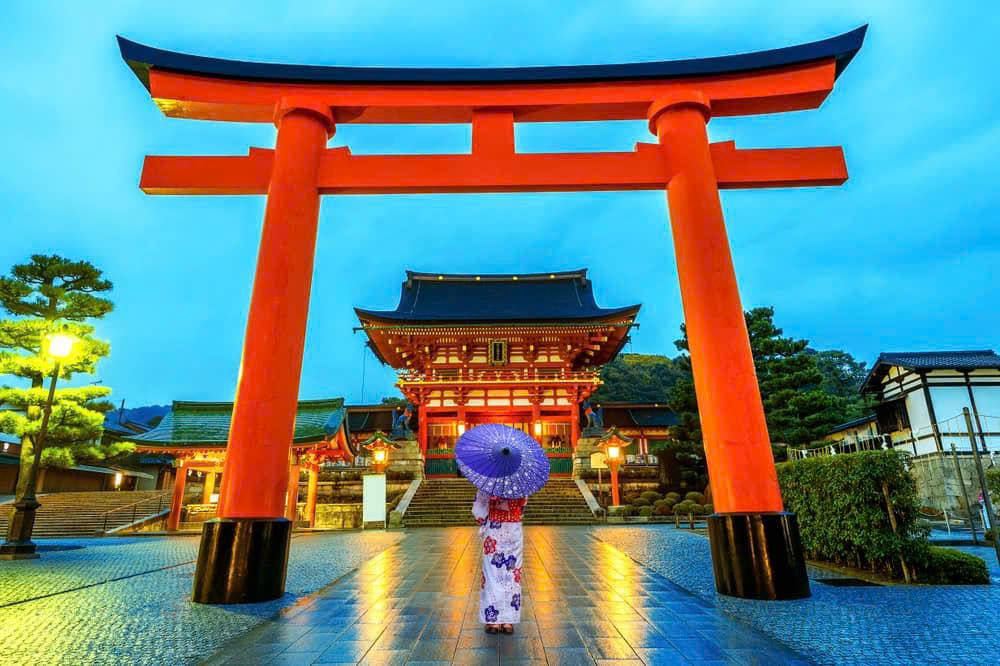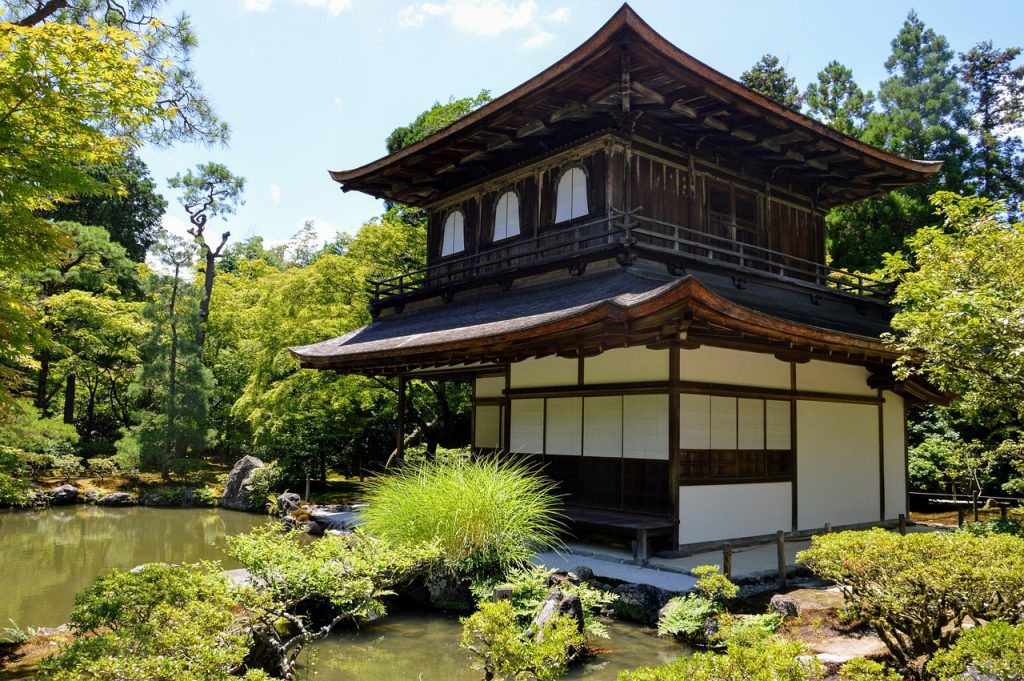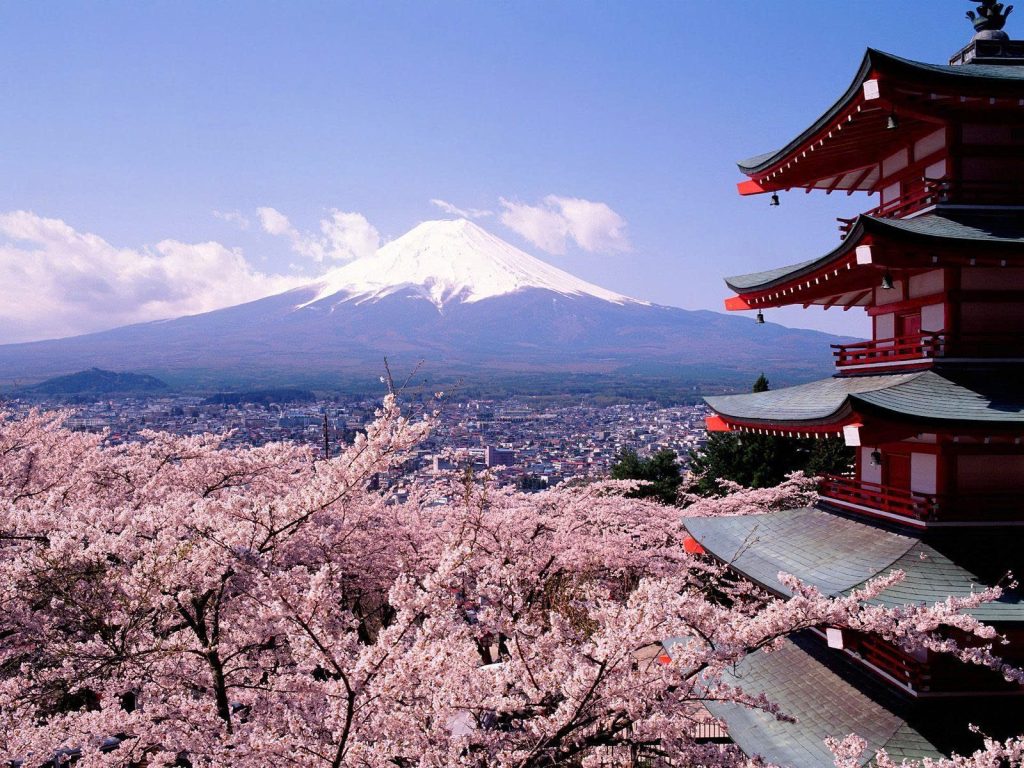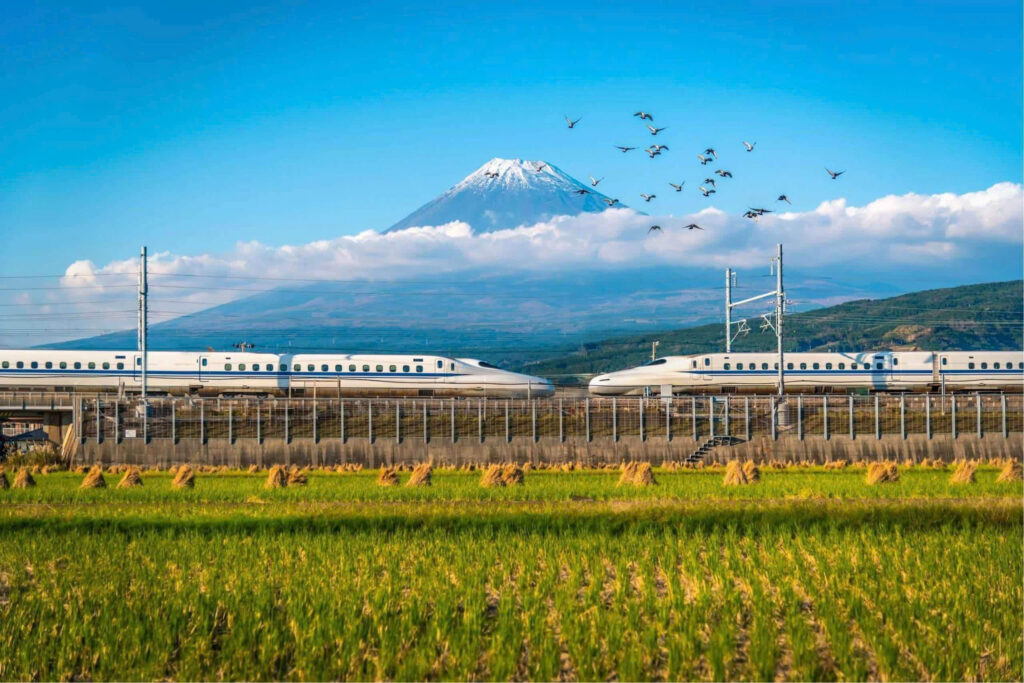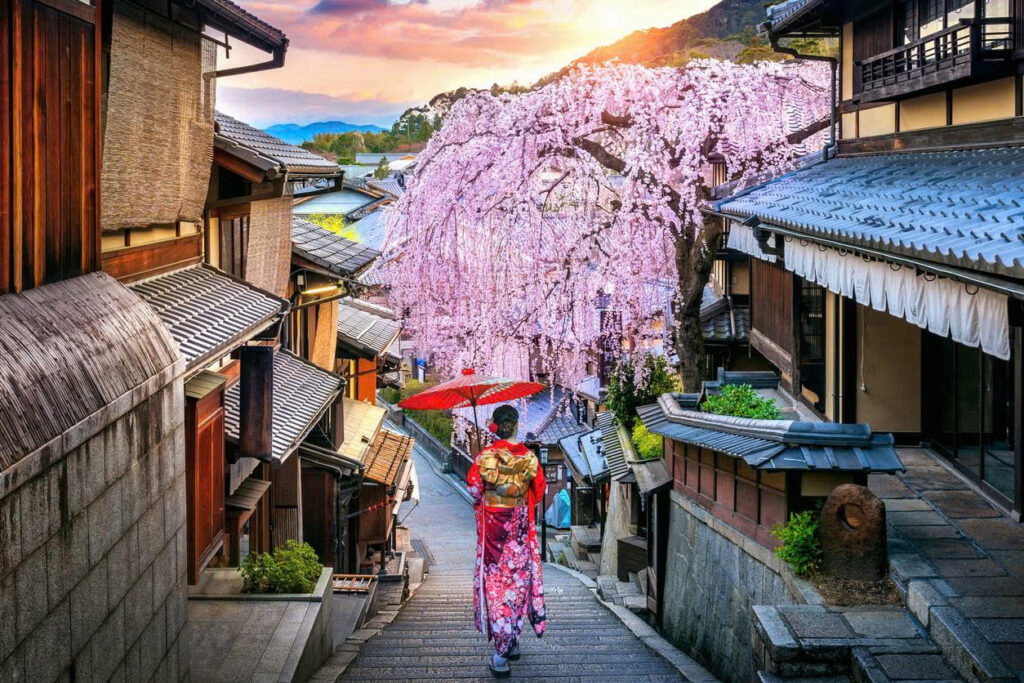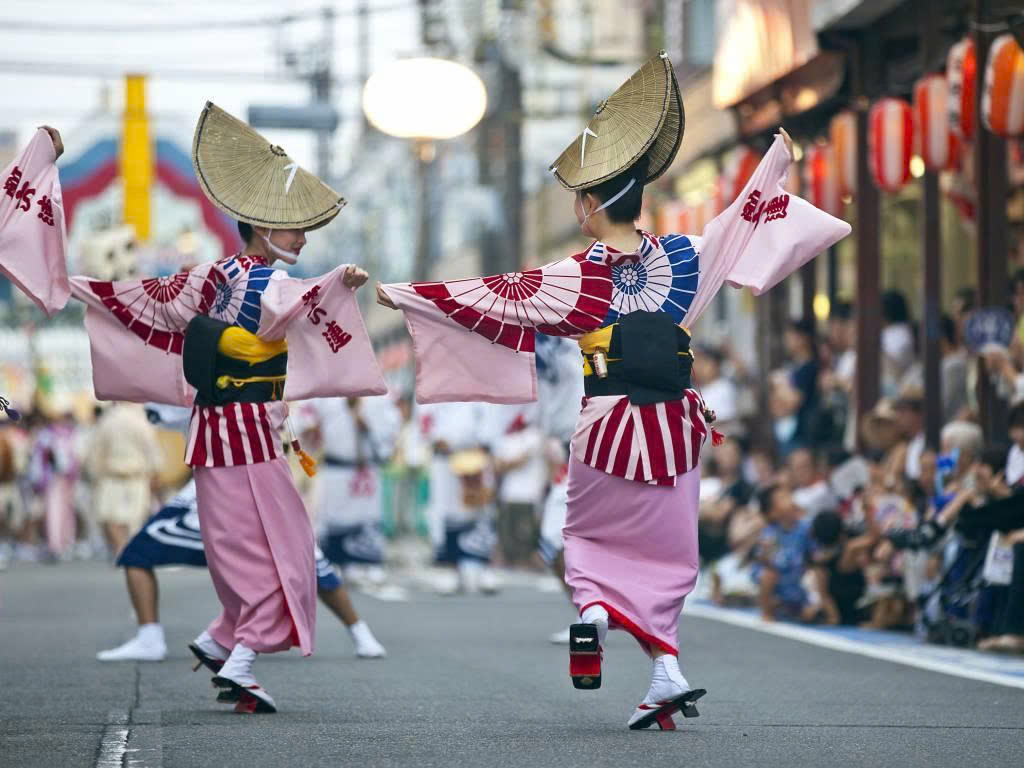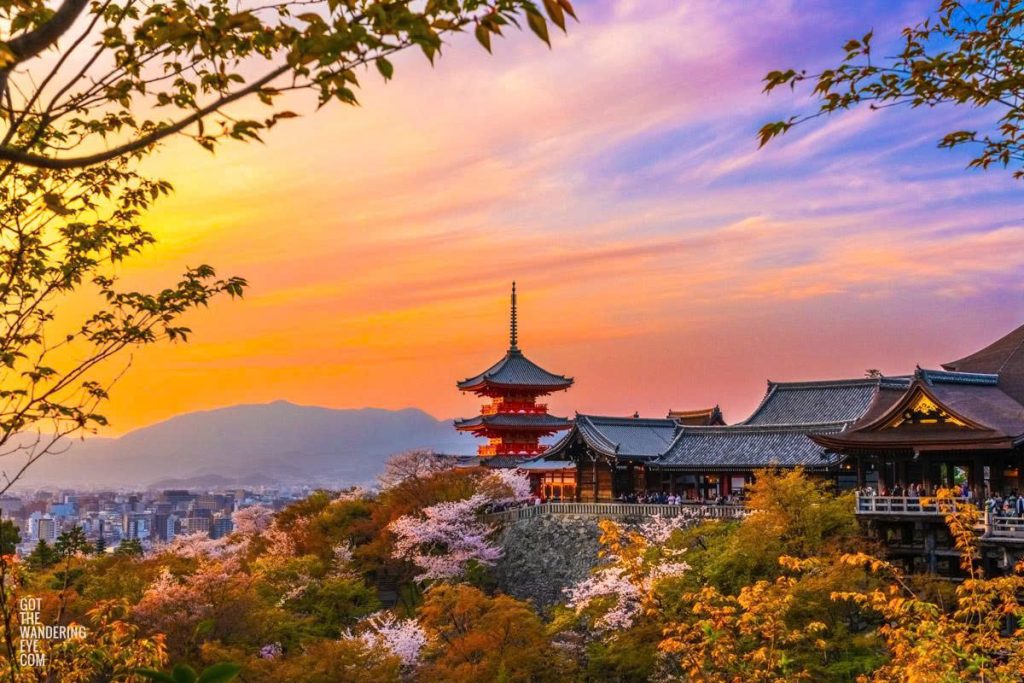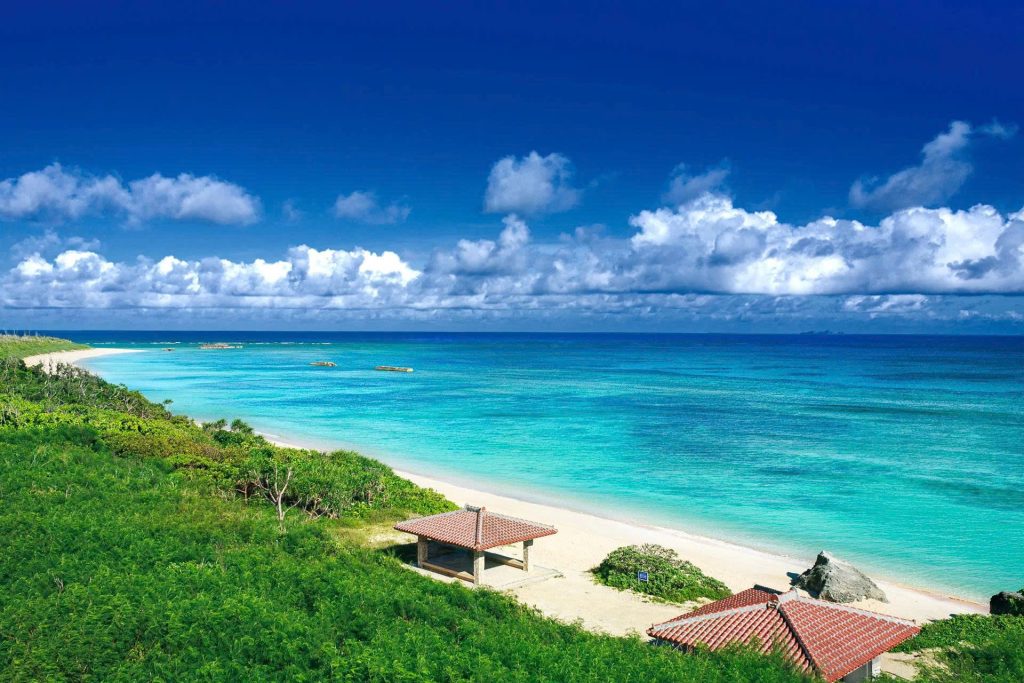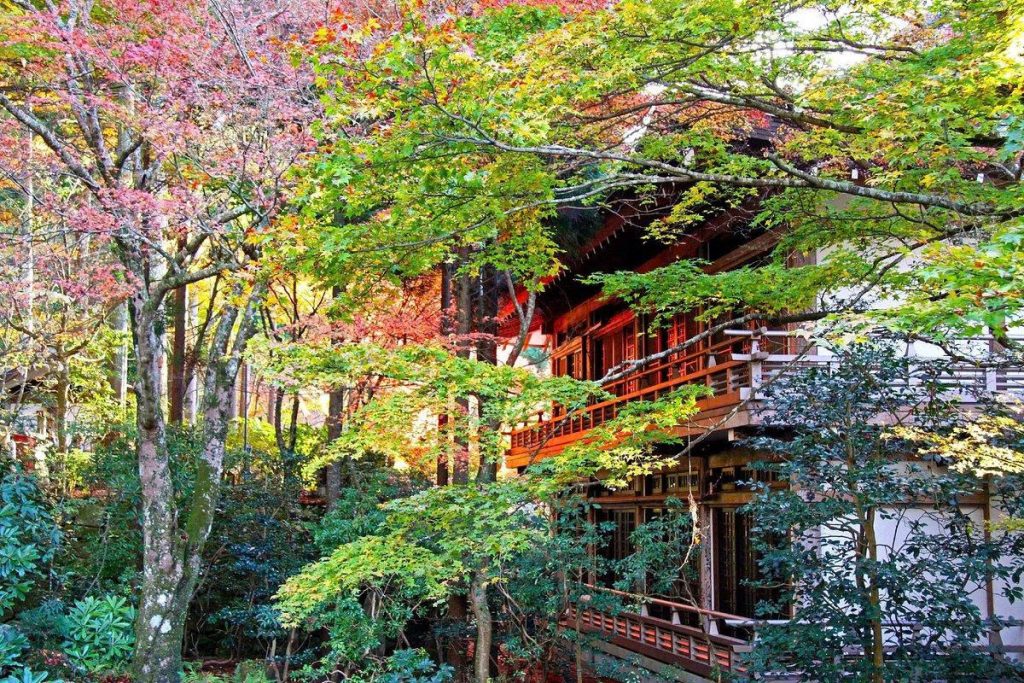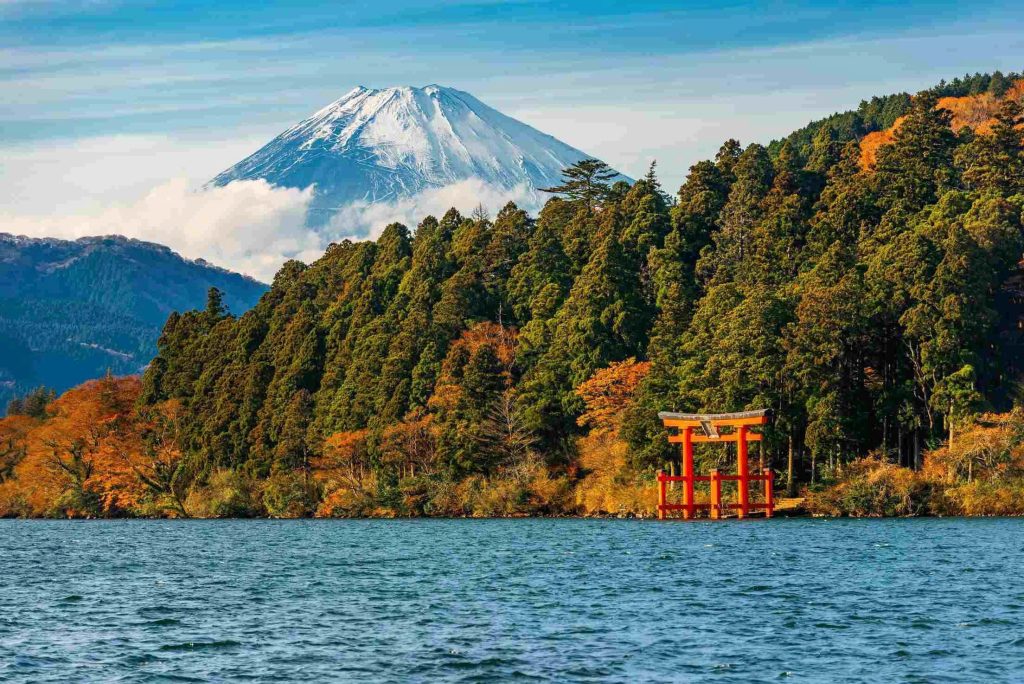Japan, a captivating blend of ancient traditions and futuristic innovation, offers a unique experience in every season. Deciding the best time to travel to Japan is crucial for tailoring your adventure to your preferences, whether you dream of cherry blossoms, vibrant autumn leaves, winter snowscapes, or lively summer festivals. This comprehensive guide will break down the ideal months and seasons, highlighting the weather, crowds, costs, and unique experiences each period offers, helping you plan your unforgettable trip to Japan.
Japan experiences four distinct seasons, each bringing its charm and affecting travel conditions:
- Spring (March to May): Mild and pleasant, famous for cherry blossoms.
- Summer (June to August): Hot and humid, with vibrant festivals.
- Autumn (September to November): Cool and crisp, known for stunning fall foliage.
- Winter (December to February): Cold, with snow in many regions, ideal for winter sports and hot springs.
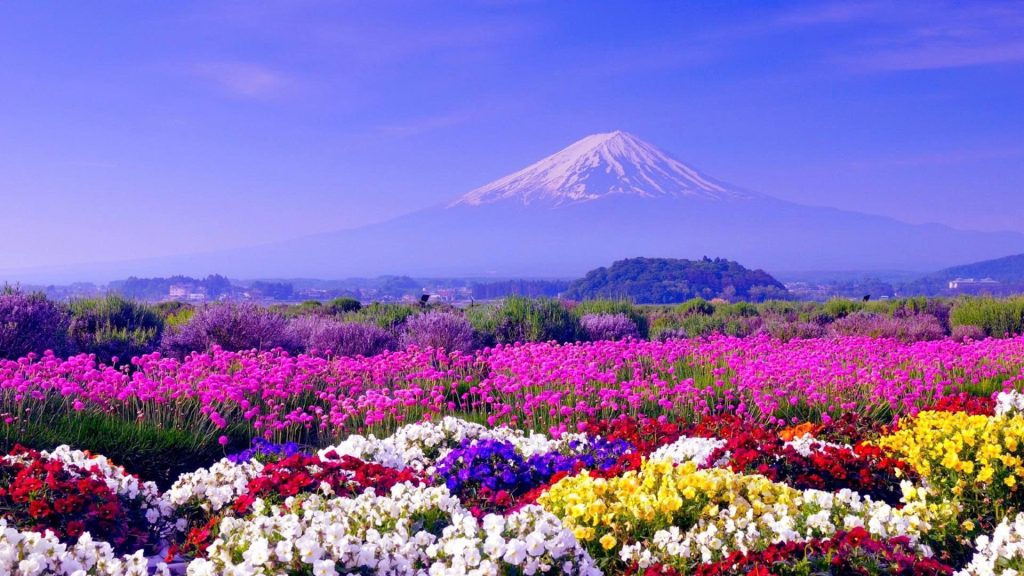
When is the Best Time to Travel to Japan?
While personal preference plays a huge role, here’s a general overview:
- Overall Best Time (Mild Weather, Scenery): Spring (late March to early May) and Autumn (late October to November) are often considered the prime times due to pleasant weather and spectacular natural beauty.
- For Cherry Blossoms: Late March to early April (peak varies by region).
- For Autumn Leaves: Late October to mid-November.
- For Winter Sports/Onsen: December to February.
- For Festivals & Budget Travel: July to August (hot and humid) or December-February (colder, but lower crowds outside holidays).
1. Spring (March, April, May): The Cherry Blossom Dream
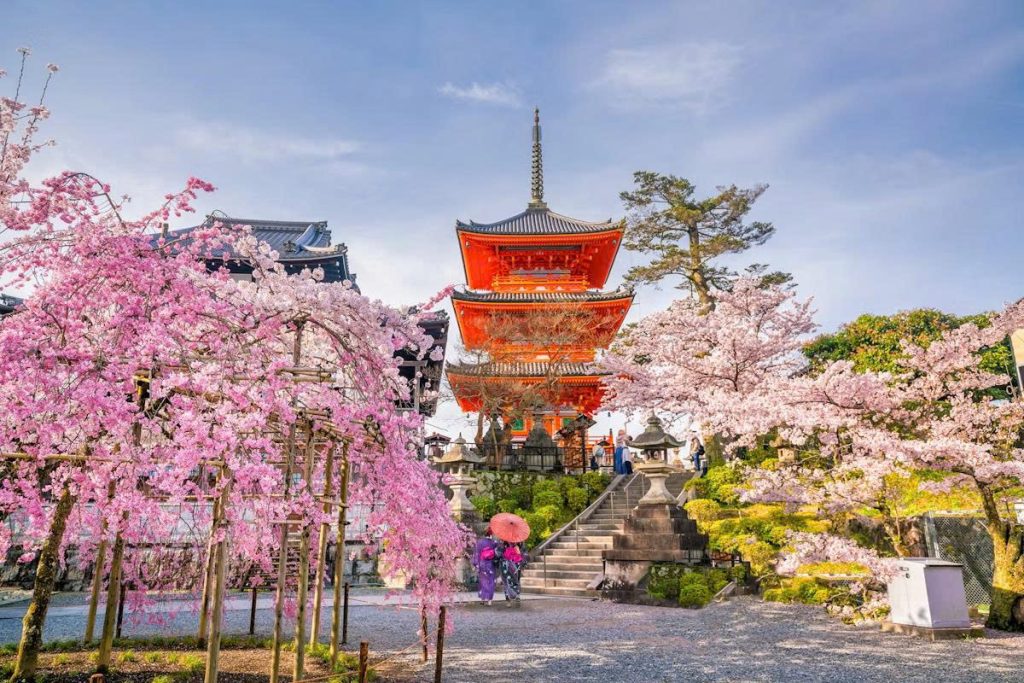
Weather: Mild, pleasant temperatures (10°C to 20°C / 50°F to 68°F), generally sunny with occasional light rain. Crowds & Cost: Peak tourist season. Expect higher prices for flights and accommodation, and significant crowds at popular cherry blossom viewing (Hanami) spots and major attractions in Tokyo, Kyoto, and Osaka. Highlights:
- Sakura (Cherry Blossoms): The undisputed star of spring. Peak bloom typically occurs from late March to early April in major cities like Tokyo and Kyoto, gradually moving north. Iconic spots include Ueno Park, Shinjuku Gyoen National Garden, Philosopher’s Path, and Mount Yoshino.
- Pleasant Weather: Ideal for sightseeing, walking, and outdoor activities without extreme heat or cold.
- Spring Festivals: Many local festivals celebrating the arrival of spring.
- New Life: Gardens and parks burst with color.
Tips for Spring Travel:
- Book EVERYTHING well in advance: Flights, accommodations, and even some popular tours should be secured months ahead.
- Be flexible with dates: Cherry blossom bloom times can vary year to year based on weather.
- Consider less crowded regions: Explore areas like Tohoku or Hokkaido later in the season for blossoms, or head to lesser-known parks.
2. Summer (June, July, August): Festivals, Beaches, and Humidity

Weather: Hot and humid, especially in July and August (25°C to 35°C / 77°F to 95°F+). June is the start of the rainy season (Tsuyu) across most of Japan, which can bring heavy downpours. Late summer (August-September) is also typhoon season, though direct hits are not frequent. Crowds & Cost: Moderate to high crowds, especially around major festivals and school holidays. Prices can be higher in popular beach destinations or cities hosting large events. Highlights:
- Vibrant Festivals (Matsuri): Summer is the season of lively traditional festivals. Don’t miss Gion Matsuri in Kyoto (July) or Nebuta Matsuri in Aomori (August).
- Fireworks Displays (Hanabi Taikai): Spectacular fireworks festivals are held across the country, especially in July and August.
- Beaches & Outdoors: Perfect for exploring Japan’s stunning beaches, particularly in Okinawa and Kyushu. Climbing Mount Fuji is also only officially open in summer (July-September).
- Deeper Cultural Immersion: Experience local life through festivals and community events.
Tips for Summer Travel:
- Stay hydrated: Always carry water.
- Pack light, breathable clothing: Quick-drying fabrics are your friend.
- Be prepared for rain: Bring a compact umbrella or a lightweight rain jacket.
- Consider air-conditioned accommodations: A must for comfort.
- Typhoon awareness: Monitor weather forecasts if traveling in late summer.
3. Autumn (September, October, November): The Fiery Foliage Spectacle

Weather: Generally cool, crisp, and sunny (10°C to 20°C / 50°F to 68°F). September can still have residual humidity and typhoon risk, but October and November offer some of Japan’s most pleasant weather. Crowds & Cost: Another peak tourist season, rivaling spring, particularly in areas famous for autumn leaves (Koyo). Prices for flights and accommodation are high. Highlights:
- Koyo (Autumn Leaves): The stunning transformation of deciduous trees into fiery reds, oranges, and yellows. The peak season usually runs from mid-October to mid-November in major cities like Kyoto and Tokyo, starting earlier in northern Japan (Hokkaido, Tohoku) and later in the south. Iconic spots include Arashiyama in Kyoto, Nikko, and Mount Takao.
- Ideal Hiking Weather: Cool temperatures make it perfect for exploring Japan’s beautiful national parks and hiking trails.
- Harvest Festivals: Rural areas celebrate the bounty of the harvest.
- Pleasant Sightseeing: Excellent conditions for exploring cities and historical sites.
Tips for Autumn Travel:
- Book well in advance: Similar to spring, popular autumn spots fill up quickly.
- Layer your clothing: Mornings and evenings can be cool, while afternoons are pleasant.
- Research Koyo forecasts: Just like cherry blossoms, peak foliage can vary, so check predictions closer to your travel dates.
4. Winter (December, January, February): Snow, Hot Springs, and Illuminations
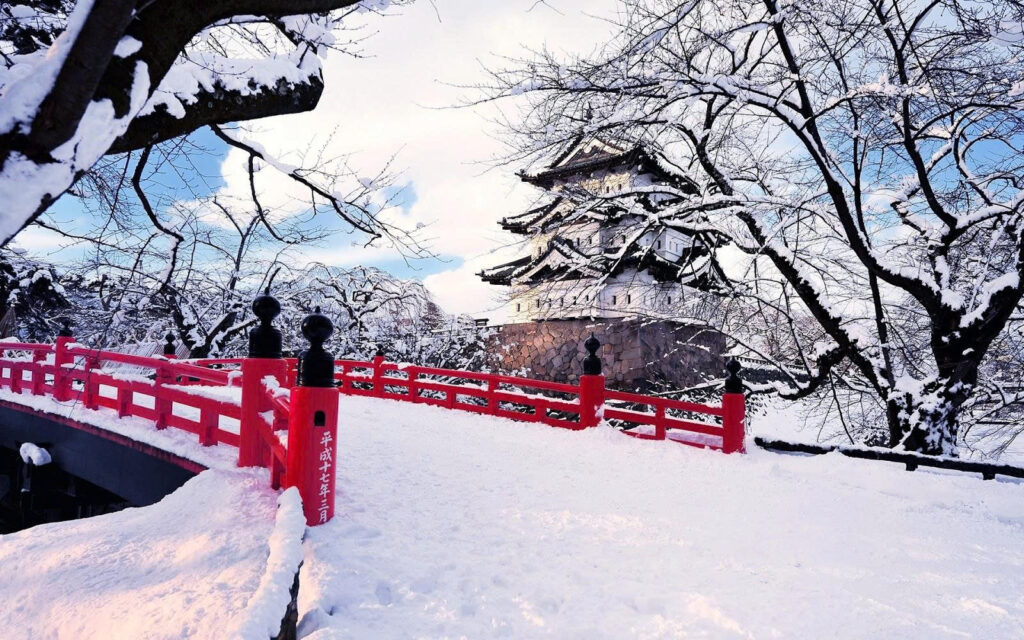
Weather: Cold, with significant snowfall in northern Japan and mountainous regions. Temperatures range from -5°C to 10°C (23°F to 50°F), with colder conditions in Hokkaido and the Japan Alps. Southern Japan (e.g., Okinawa) remains mild. Crowds & Cost: Generally lower crowds outside of the New Year (Shogatsu) period. Prices for flights and accommodation can be lower, except in popular ski resorts. Highlights:
- Winter Sports: World-class skiing and snowboarding in regions like Hokkaido (Niseko, Furano) and the Japan Alps (Hakuba).
- Onsen (Hot Springs): The perfect way to warm up and relax after a cold day. Many resorts in areas like Hakone or Gero Onsen are beautiful in winter.
- Illuminations: Cities across Japan light up with spectacular winter illuminations.
- Snow Monkeys: See the famous Japanese Macaques bathing in natural hot springs in Jigokudani Monkey Park.
- Traditional New Year: Experience unique Japanese New Year traditions, though many shops and attractions may close for a few days.
Tips for Winter Travel:
- Pack warm clothing: Layers, waterproof outerwear, hats, gloves, and thermal wear are essential for snowy regions.
- Check train schedules: Heavy snowfall can occasionally impact transportation.
- Book ski resorts in advance: Especially during peak season.
- Embrace indoor activities: Museums, art galleries, and shopping offer respite from the cold.
When to Avoid Traveling to Japan
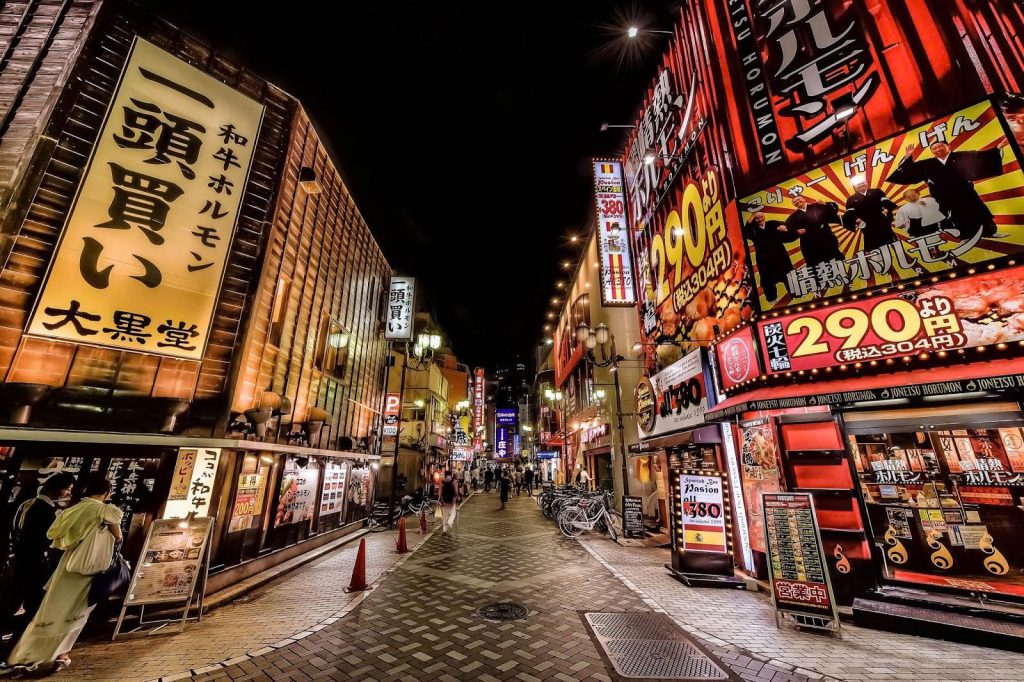
While every season has its merits, certain periods might be less ideal depending on your priorities:
- Golden Week (Late April – Early May): A series of national holidays. Expect extremely high prices, massive crowds at all attractions, and booked-out transportation. Avoid unless you have no other choice and have planned meticulously.
- Obon Festival (Mid-August): Another major holiday period. Many Japanese travel to their hometowns, leading to crowded transportation.
- Typhoon Season (Late August – September): While typhoons don’t hit every year, they can cause significant travel disruptions (flight cancellations, train delays) if one does.
- Rainy Season (Tsuyu – June): Can be less appealing if you dislike humidity and consistent rain, though it rarely rains all day.
Best Time for Specific Experiences:
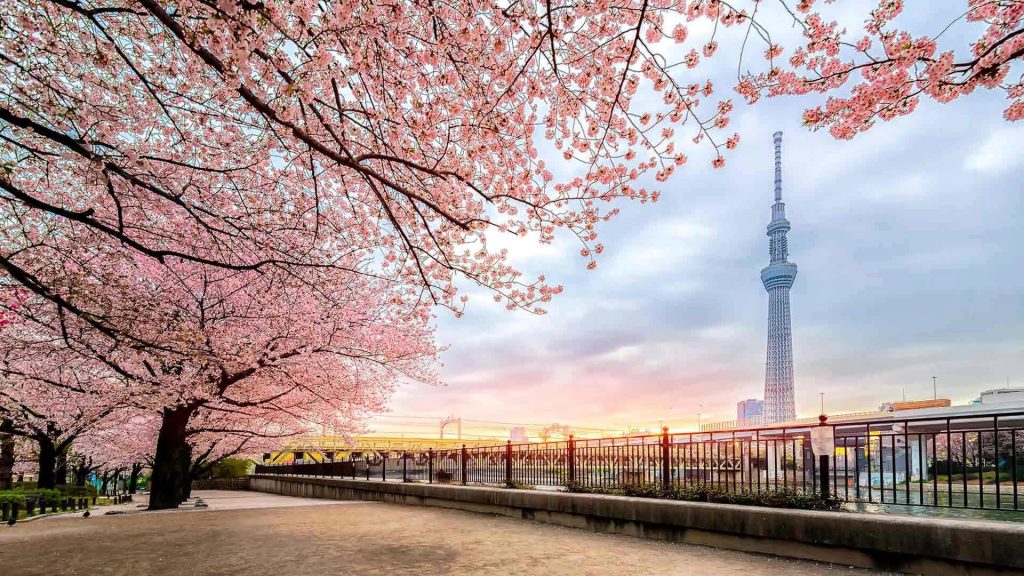
- Cherry Blossoms (Sakura): Late March to early April (Honshu), late April to early May (Hokkaido).
- Autumn Leaves (Koyo): Late October to mid-November (Honshu), earlier in Hokkaido, later in Kyushu.
- Skiing/Snowboarding: Mid-December to March.
- Mount Fuji Climb: July to early September (official climbing season).
- Festivals (Matsuri): Predominantly summer (July-August).
- Avoiding Crowds: Mid-January to February (excluding Chinese New Year), late May, early June, or early December.
- Budget Travel: Winter (excluding New Year) and early June (rainy season) can offer better deals.
Planning Your Japan Trip: Key Considerations
- Your interests: Are you a nature lover, a festival enthusiast, a food connoisseur, or a history buff? Your interests will largely dictate your ideal time.
- Budget: Peak seasons mean higher costs. Traveling during shoulder seasons (late May, early June, late September) or off-peak winter can save money.
- Flexibility: If you’re flexible with your travel dates, you can often find better deals or avoid the densest crowds.
- Regional Differences: Japan is long and thin, so weather and seasonal events vary significantly from north (Hokkaido) to south (Okinawa). A trip focusing on multiple regions might require balancing these differences.
RELATED: Japan Itinerary for First Time Visitors: 7, 10, 14 Days
There truly is no single “best” time to travel to Japan that fits everyone. Each season offers a distinct charm, from the iconic cherry blossoms of spring and the vibrant festivals of summer to the fiery foliage of autumn and the serene snowscapes of winter. By understanding what each season brings, you can align your trip with your personal preferences and embark on a perfectly planned adventure to the Land of the Rising Sun. Remember to book well in advance for peak seasons and embrace the unique beauty and experiences that Japan has to offer throughout the year.



